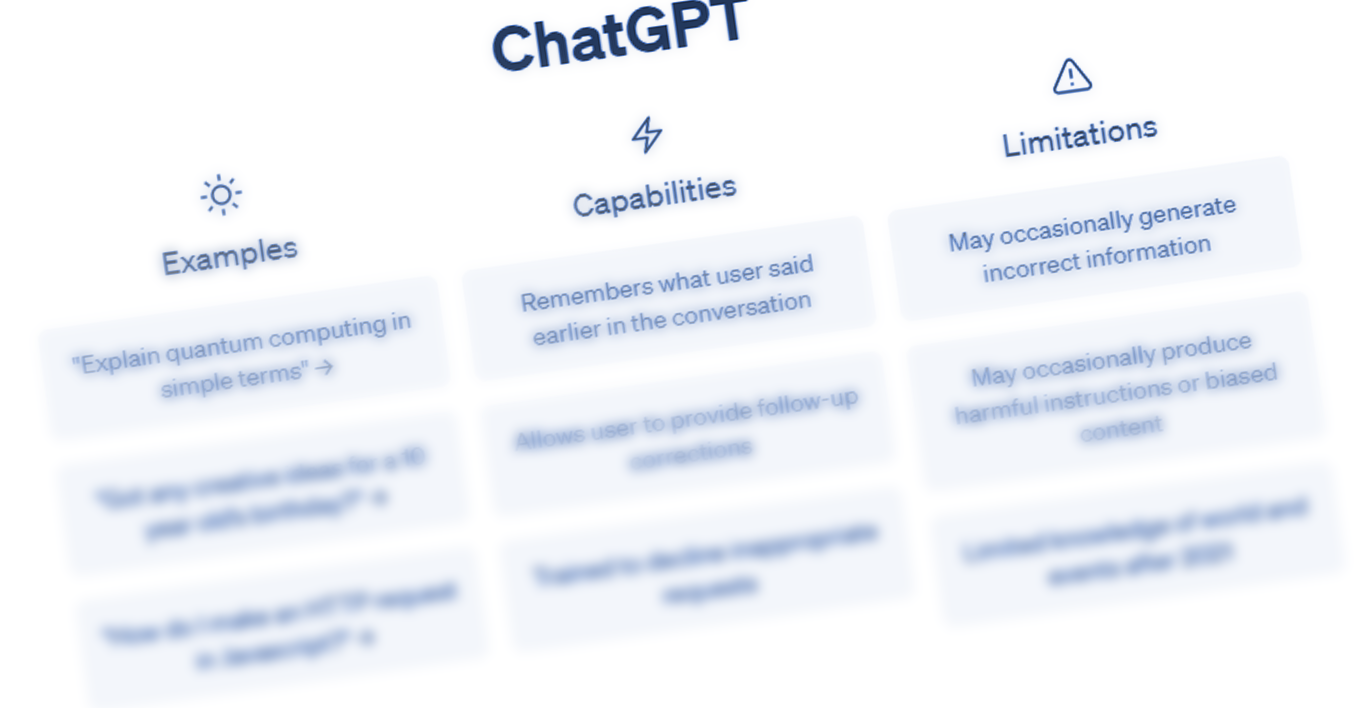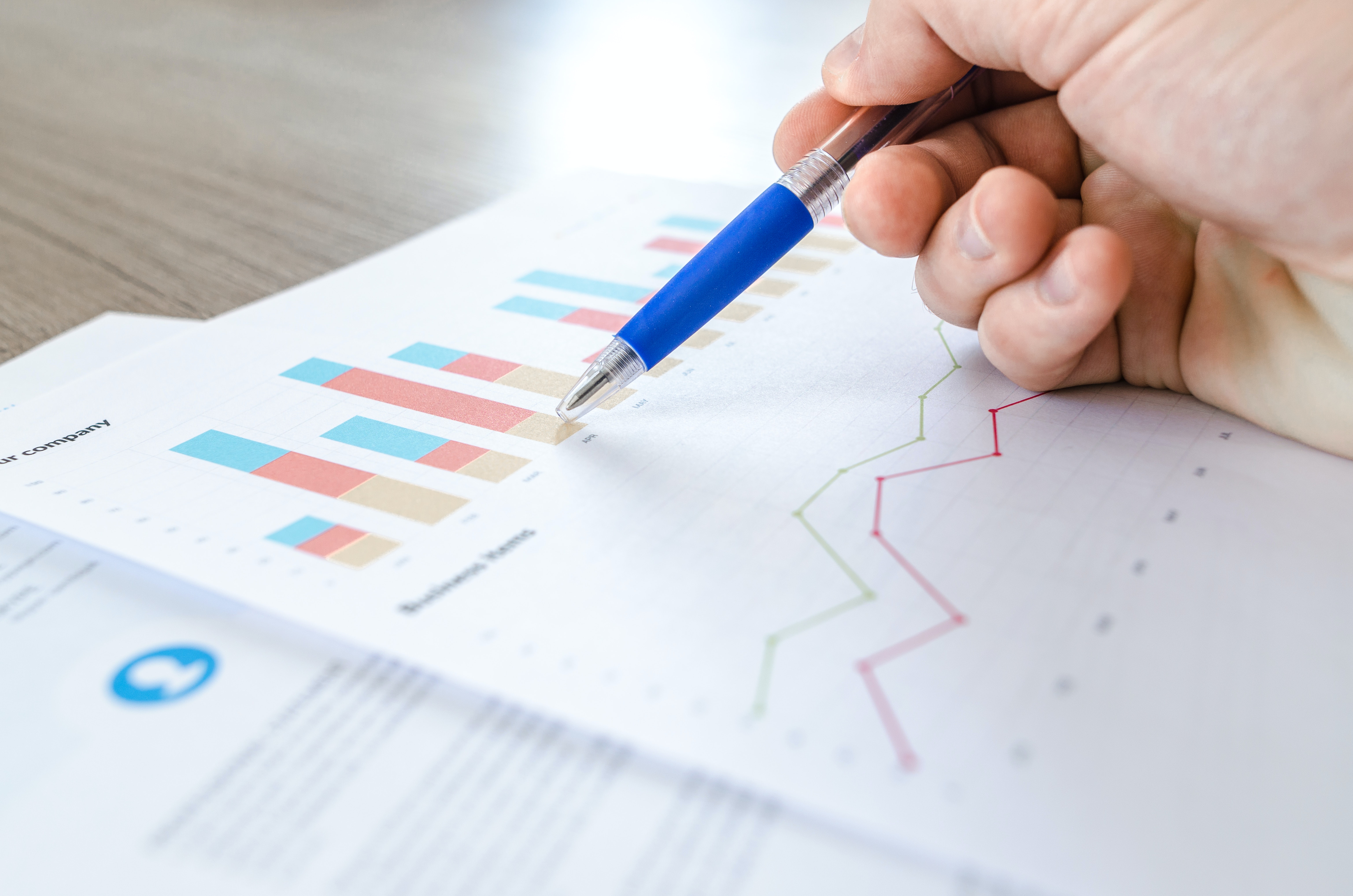Quantiful partners with Jaycar to power up its demand planning


Quantiful partners with Jaycar to power up its demand planning
15 February 2024
2
min read
Sorry, Christmas is delayed. Better luck next year.


Sorry, Christmas is delayed. Better luck next year.
22 December 2023
2
min read
Will Generative AI tools like Chat GPT/GPT-4 replace Demand Forecasting tools?


Will Generative AI tools like Chat GPT/GPT-4 replace Demand Forecasting tools?
27 July 2023
3
min read
Top 10 Short-Term Replenishment Forecasting Challenges Retailers Face


Top 10 Short-Term Replenishment Forecasting Challenges Retailers Face
19 June 2023
5
min read
Mitigate excess in your SCM Strategy


Mitigate excess in your SCM Strategy
09 August 2022
2
min read
Power up your SCM with Big Data


Power up your SCM with Big Data
09 August 2022
2
min read
Get your SCM modelling right


Get your SCM modelling right
09 August 2022
2
min read
Shift from sales forecasting to demand planning


Shift from sales forecasting to demand planning
08 August 2022
2
min read
Take Excel to the next level


Take Excel to the next level
27 July 2022
1
min read
